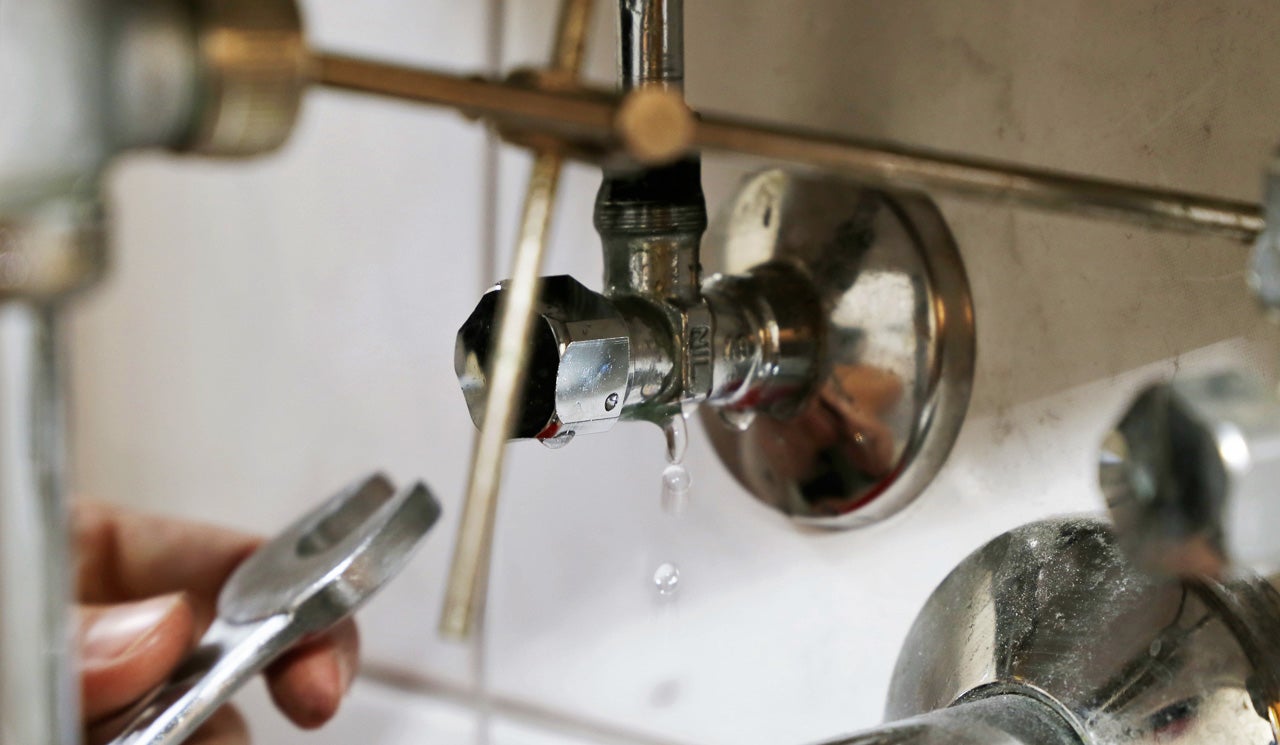Exactly how to Examine If Your Home Has a Concealed Leakage
Exactly how to Examine If Your Home Has a Concealed Leakage
Blog Article
The article following next relating to Detecting hidden plumbing leaks is rather interesting. You should read it.

Early detection of leaking water lines can reduce a prospective calamity. Some little water leakages may not be visible.
1. Analyze the Water Meter
Every home has a water meter. Inspecting it is a proven manner in which helps you discover leaks. For starters, switch off all the water sources. Ensure no person will certainly flush, make use of the faucet, shower, run the washing machine or dishwashing machine. From there, go to the meter as well as watch if it will transform. Given that no person is using it, there should be no activities. If it moves, that shows a fast-moving leakage. If you detect no modifications, wait a hr or 2 and examine back once more. This implies you might have a slow leak that might also be underground.
2. Inspect Water Intake
Evaluate your water costs as well as track your water intake. As the one paying it, you should discover if there are any inconsistencies. If you find sudden changes, regardless of your intake being the same, it means that you have leaks in your plumbing system. Bear in mind, your water expense ought to drop under the exact same array every month. An unexpected spike in your expense shows a fast-moving leakage.
On the other hand, a constant increase each month, despite the exact same habits, shows you have a slow leak that's additionally gradually rising. Call a plumber to completely examine your home, especially if you feel a warm location on your flooring with piping beneath.
3. Do a Food Coloring Test
When it pertains to water intake, 30% originates from commodes. Examination to see if they are running effectively. Decrease specks of food color in the container as well as wait 10 minutes. If the color somehow infiltrates your bowl throughout that time without flushing, there's a leak in between the tank as well as bowl.
4. Asses Outside Lines
Don't neglect to examine your outside water lines also. Must water seep out of the link, you have a loosened rubber gasket. One tiny leak can throw away lots of water and also spike your water expense.
5. Inspect as well as Examine the Circumstance
Homeowners must make it a routine to examine under the sink counters and also also inside cabinets for any kind of bad odor or mold and mildew growth. These two red flags show a leakage so punctual attention is required. Doing regular inspections, even bi-annually, can conserve you from a significant issue.
Check for stainings and also compromising as the majority of pipes as well as devices have a life expectations. If you think dripping water lines in your plumbing system, do not wait for it to escalate.
Early detection of dripping water lines can minimize a potential catastrophe. Some little water leakages may not be visible. Inspecting it is a proven means that helps you find leakages. One little leakage can waste bunches of water as well as surge your water bill.
If you believe dripping water lines in your plumbing system, don't wait for it to rise.
WARNING SIGNS OF WATER LEAKAGE BEHIND THE WALL
PERSISTENT MUSTY ODORS
As water slowly drips from a leaky pipe inside the wall, flooring and sheetrock stay damp and develop an odor similar to wet cardboard. It generates a musty smell that can help you find hidden leaks.
MOLD IN UNUSUAL AREAS
Mold usually grows in wet areas like kitchens, baths and laundry rooms. If you spot the stuff on walls or baseboards in other rooms of the house, it’s a good indicator of undetected water leaks.
STAINS THAT GROW
When mold thrives around a leaky pipe, it sometimes takes hold on the inside surface of the affected wall. A growing stain on otherwise clean sheetrock is often your sign of a hidden plumbing problem.
PEELING OR BUBBLING WALLPAPER / PAINT
This clue is easy to miss in rooms that don’t get much use. When you see wallpaper separating along seams or paint bubbling or flaking off the wall, blame sheetrock that stays wet because of an undetected leak.
BUCKLED CEILINGS AND STAINED FLOORS
If ceilings or floors in bathrooms, kitchens or laundry areas develop structural problems, don’t rule out constant damp inside the walls. Wet sheetrock can affect adjacent framing, flooring and ceilings.
https://www.servicemasterbyzaba.com/blog/how-to-detect-water-leakage-in-walls/

As a serious reader on Hacks to detect leaks, I was thinking sharing that article post was a good thing. If you please take a moment to distribute this content if you appreciated it. Thanks for your time. Visit again soon.
Report this page